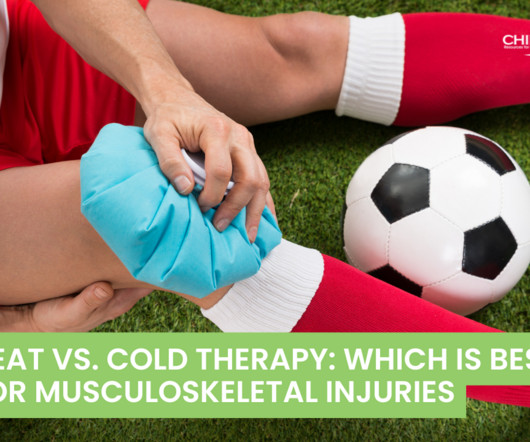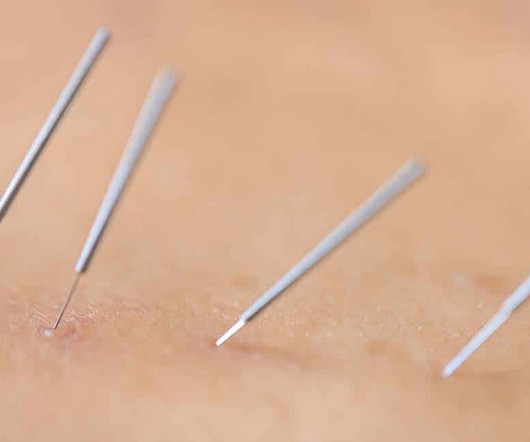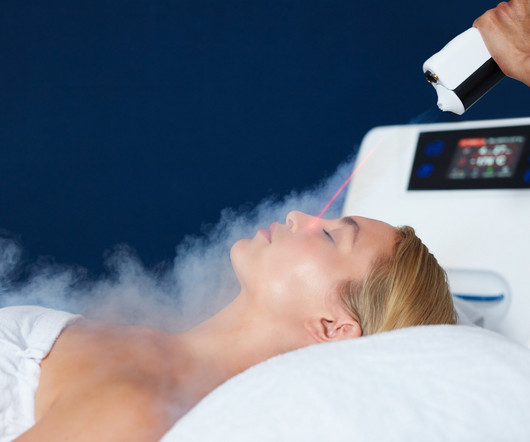Heat vs. Cold Therapy: Which is Best for Musculoskeletal Injuries
ChiroUp
NOVEMBER 14, 2024
2,4) Consequently, ice is now considered best for short-term pain management rather than a primary strategy for ongoing recovery from musculoskeletal injuries. 2002 Feb 1;29(2):331-4. Cold and compression in the management of musculoskeletal injuries and orthopedic operative procedures: a narrative review.












Let's personalize your content